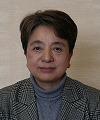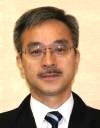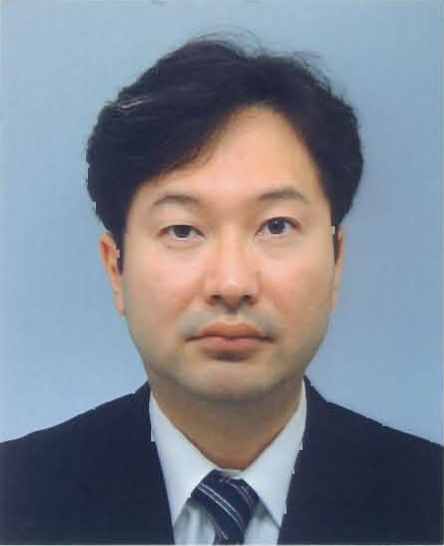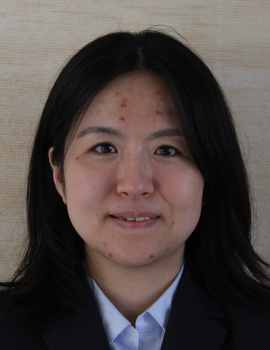Office for Planning and Management, headed by the University President, was established at the start of the University of Aizu as an internal research organization for the purpose of performing general investigative research concerning university functions, along with performing general program planning and design regarding university education and research, international exchange, public relations and publications, legal affairs, local arrangement of conference and other necessary matters concerning administrative management.
As the university develops, the expectations for the Office for Planning and Management have been changing from time to time. After the corporatization, in 2008, dealing with the matters of special mission given by the regents of the University was added to its functions. However, collaborating with other organizations of the University for the advancement of its education and research always remains the most important mission of the Office for Planning and Management.
The Office for Planning and Management is planning and arranging “ Science Cafe ” as one of the community service activities. Additionally, collaboration with several high schools, Super Science High School (SSH) activities for example, has been carried out. These activities can be good opportunities for the University of Aizu to increase the name recognition.
In FY2011, the Office for Planning and Management continued to work together with the Department of Students Affairs to carry out a 5-year project, “Knowing my Own Brightness and Opportunity to Synthesize Human Interactions for employability”, which was selected for the MEXT Project to support universities for improving the employability of undergraduates in 2010. However, the Japanese Government decided to terminated this MEXT program at the end of FY2011.





